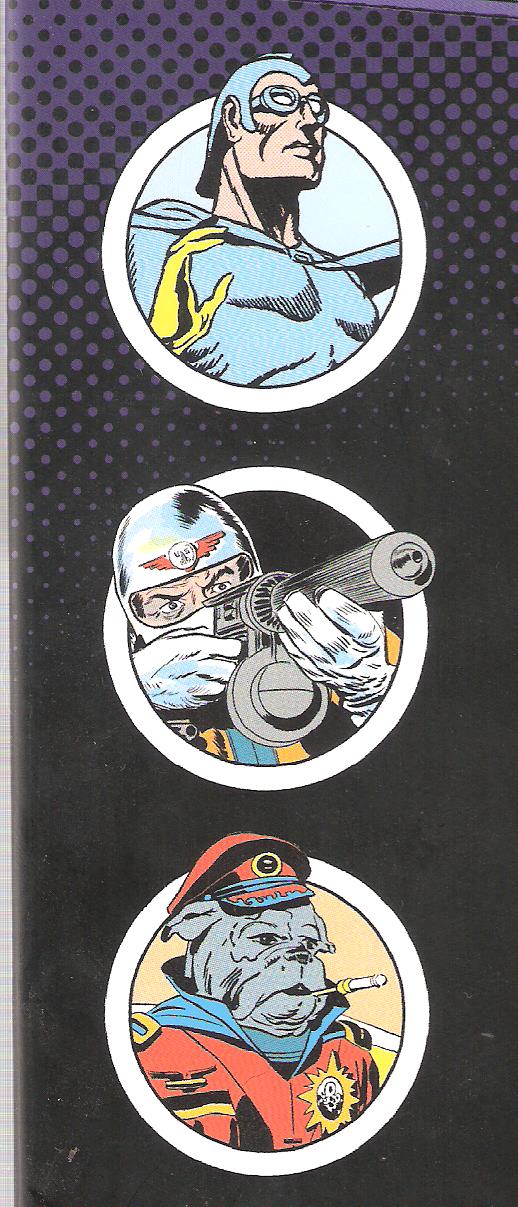 Unidentified Funny Objects 7
Unidentified Funny Objects 7
edited by Alex Shvartsman
UFO Publishing
279 pages
Writing humorous prose fiction, there is always a tension between the needs of the story and the need to be funny. On the one hand, your story must have engaging characters and an interesting conflict, the basic building blocks of any well-crafted story. On the other hand, if the reader does not laugh enough, they will not perceive the story as sufficiently funny; if the story started funny, this will dash the reader’s expectations, and they will consider the story a failure.
This tension is especially acute for humorous genre fiction. With literary fiction, the author can expect that readers will recognize the setting for the story because it is more or less the one in which they live. In speculative fiction, setting, which can include new technologies, new scientific theories, new social structures, new histories, etc., has to be established for each story to fulfill the needs of the genre; this s what we mean by “world-building.” Because of this, speculative fiction is usually heavier on exposition than other genres.
As a writer steeped in the Monty Python/SCTV/SNL school, I have a cardinal rule on this subject: exposition = death. My intention is to make the reader laugh throughout the work, and naked exposition stops the flow of laughter dead. Obviously, when writing genre fiction, I cannot get away from world-building, so my approach is to make sure that the information necessary for the reader to make sense of the narrative is also a source of humour.
There are other approaches to the tension between story and humor. Most of the stories in the latest Unidentified Funny Objects from UFO Publishing, the seventh collection of humorous genre fiction edited by Alex Shvartsman, for example, foreground narrative elements, with the humor being more of a hum than a roar. To put it another way: I found the stories in the volume to be more droll than laugh out loud funny. To be clear, this is not a bad thing: many readers prefer stories where the tension between narrative and humor is resolved in this way. For them, Unidentified Objects 7 will be an absolute treat.
The volume contains stories from a variety of speculative fiction sub-genres: science fiction (“Take Meme to Your Leader” by Jennifer Lee Rossman); fantasy (“Quick Cash in the Old Kingdom” by Elin Korund); and horror (Gini Koch’s “The Vampire’s Apprentice”). For readers invested in a specific sub-genre, stories in the others may have little appeal, but I think Shvartsman’s approach makes for a varied anthology in which the stories are constantly taking us in surprising new directions.
The story that most worked for me was “Contractual Obligation,” which is about a lawyer who helps victims deal with bad contracts with demons. C. Flynt developed lots of funny extrapolations of the basic concept, working surprising comic variations throughout.
I also really loved the opening line of Richard Anderson’s “Bimble Bimble Bop Bop: “In the year 2222, humankind finally discovered the true purpose of penguins.” How can anybody resist a story that starts like that?
There are a couple of pastiches in the book. Shane Halbach’s “Chad Versus the Rebel Alliance,” is a behind the scenes look at a unit of storm troopers reminiscent of those you might see in Star Wars. “The Ebony Egg,” written by David Vierling gets major bonus points from me for being a science fiction re-imagining of a work outside of speculative fiction: “The Maltese Falcon.”
I have mixed feelings about pastiches generally. On the one hand, it can be fun to correlate the comedic references from the story you’re reading to the original work it is taking off from. On the other hand, pastiches are often a one-note joke that quickly become derivative. Fortunately, there are enough original ideas in both of these stories to make them worth the read.
Unidentified Funny Objects 7 should also be given props for featuring interior line art (something the Brave New Girlsseries also does). They make a nice visual break from the text and make the book as a whole more appealing.
I am tempted to sum up my feelings on Unidentified Funny Objects 7 with the old trope of humor being subjective, but for a long time I have argued against humor being singled out in that way. All art is subjective, so why stress the point when dealing specifically with humor? (It’s also true that, as a reviewing strategy, it’s highly suspect: since all reviews are the subjective opinion of the reviewer, it should be understood that the reader of the review’s mileage may vary.)
Instead, I will say that I applaud Shvartsman for his dedication to humorous speculative fiction, of which there can never be enough in the world. There is a lot of fun to be had in reading Unidentified Funny Objects 7, regardless of what kind of humor you primarily enjoy.











Recent Comments